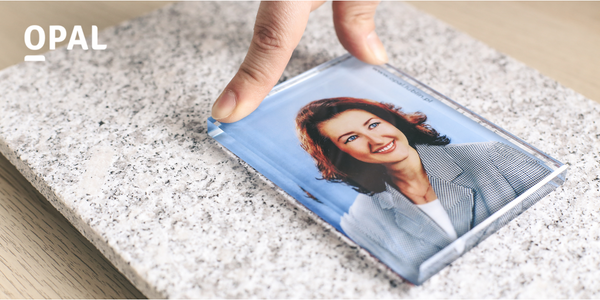
Photocrystal - what is important when ordering and mounting to the monument?
Photocrystals. What to look for?
In recent years, photos made of crystal have become more and more popular in the field of tombstone photography. Although porcelain is still far more popular, photo crystals are gaining their proponents. Many people consider crystal photos to be noble and elegant, and they treat the shine and reflection of light as a big advantage of this type of tombstone photography. What should you pay attention to when ordering a photocrystal? What do you have to reckon with and how to handle the photo on the glass?
The exit photo for the photo in the glass for the monument
Each producer of photoceramics pays attention to the quality of the output photo for the production of tombstone photography. In the case of crystals, you should pay special attention to finding the best quality photos. The technology of photocrystals production and the very fact that the photo covers the glass pane (Fig. 1) forces the producers to use clear photos, in which all facial features are clearly visible. Refracted light that passes through the thickness of the crystal may cause the facial features to soften slightly. In the case of using poor quality photos, it will cause the visual impression of the photo as poorly made. The same photo burned on porcelain would look clearer, so it is not the fault of the manufacturer, but the specificity of the material itself.
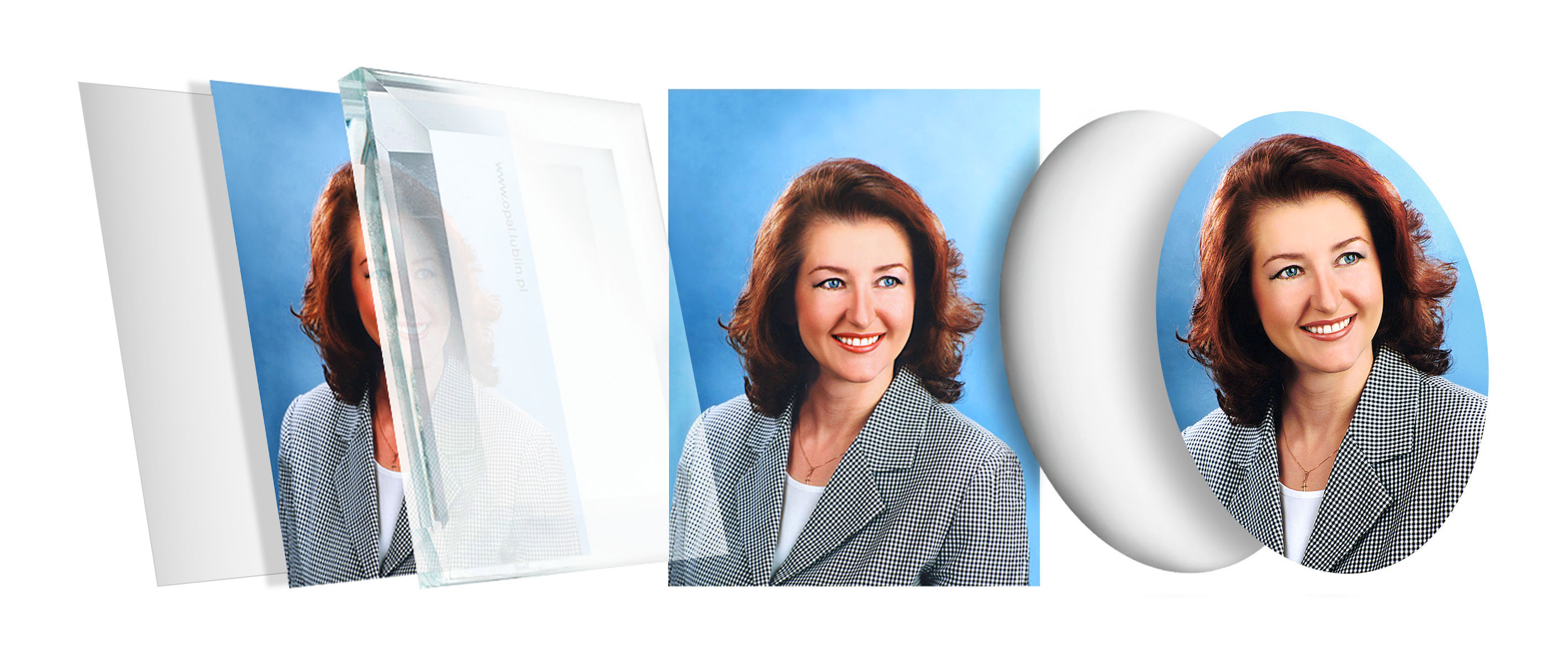
Fig. 1. In the case of photocrystals, the photo is placed under the glass pane, and in the case of photoceramics - on top of the porcelain plate
Photo colors in glass
Another important aspect to pay attention to is colors. Let's ignore the limited color range of ceramic paints, which you can read about in the article on the color space of ceramic paints. Using the same colors and prints, the exact same photo burned on porcelain and crystal will, in effect, differ in color. This is due to several factors. First of all, photos on porcelain are put on top of the porcelain and melted into the glaze. (Fig. 1) In the case of crystals, the photo is placed on the bottom of the glass and then covered with a special protein that creates a protective layer and enhances the color of the photo. In addition, the technological process itself, depending on the type of material, causes a difference in the firing curve and temperature, which makes the same paints behave differently in the furnace. A natural phenomenon are slight discrepancies in colors, and above all in color saturation, when we compare the same printout fired on porcelain and crystal.
Placing figures on phased crystals
Another important point is setting your character on the crystal. Rectangular, chamfered crystals, ie with "truncated" edges, are very popular. The refraction of the crystal surface usually forces the entire figure to be placed in the central part. If the figure were stretched all the way into phase, the optical refraction of the image would distort the person in the photograph. To avoid distortion, the entire character has to fit into a confined space, which usually causes it to be reduced in size. If the client wants to keep a larger figure, it is worth advising him to have a straight crystal, not a beveled one.
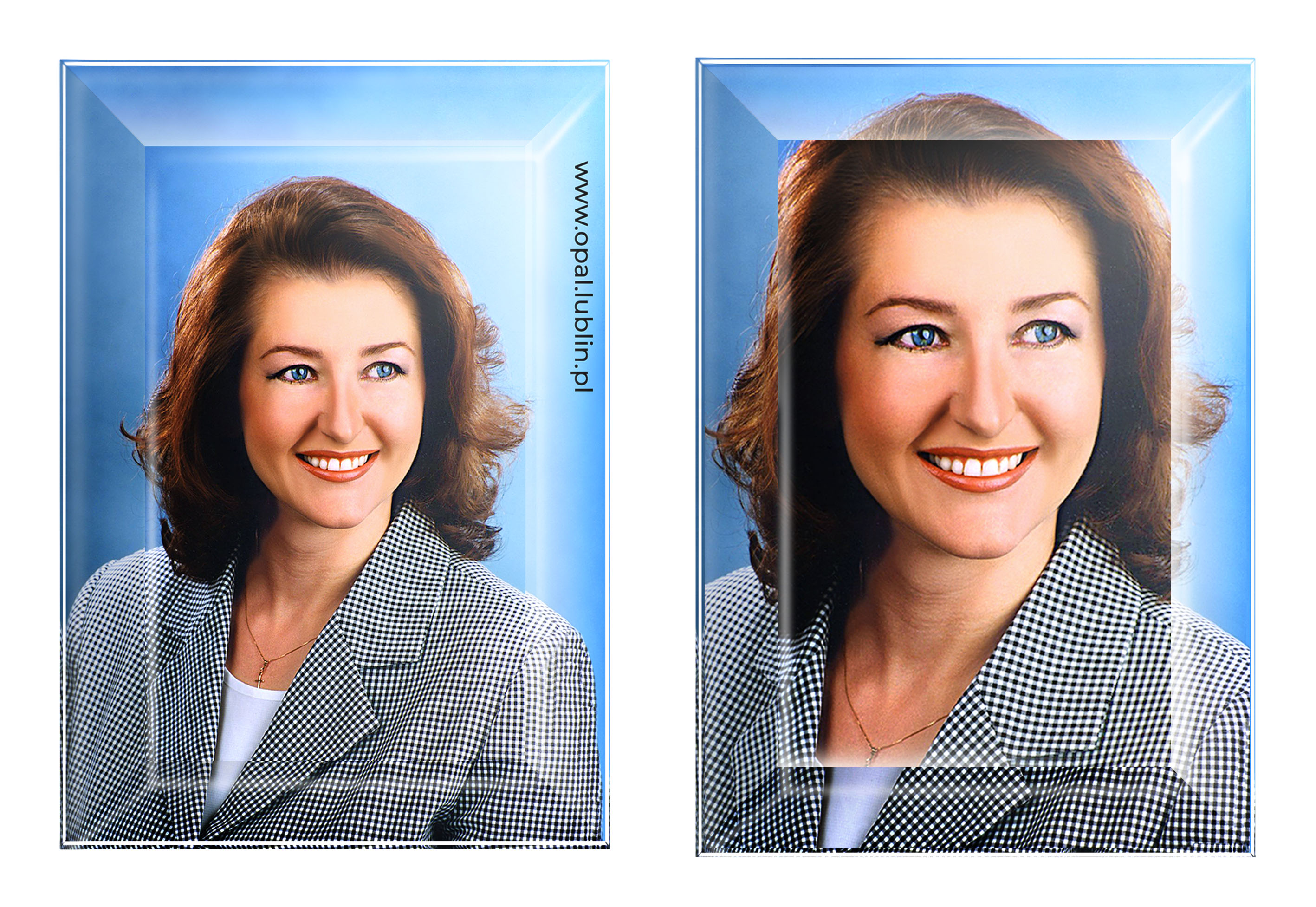
Fig. 2. Phased crystals often force the form to be reduced to “fit within” the non-bevelled surface. The refraction of the image on the surface of the phase may cause the illusion of distorted figures.
Mounting the crystal to the tombstone
In order to guarantee the durability of the crystal, proper mounting to the monument is essential. Inaccurate cleaning of the surface, the use of detergents containing silicone, weak pressure on the crystal or leaving large photocrystals unprotected for the first hours after installation are among the most common mistakes when placing a crystal on a monument. It is extremely important to carefully read the crystal assembly instructions and take into account the specificity of the tape, which is activated by pressure at most photocrystals manufacturers. Some manufacturers offer cleaning and degreasing wipes (fig. 3), with which you should wipe the previously cleaned surface by moving it in one direction. If there are traces of detergents containing silicone (e.g. window cleaner) on the monument, then there is a high risk of the crystal falling off, not immediately but after some time. When pressing the crystal to the surface, you should absolutely pay attention to the upper edge (fig. 4). This critical place is usually the beginning of problems with the durability of the tape. If the upper edge is not pressed down properly, over time, water that accumulates on the crystal will penetrate the weld, tearing the crystal away from the monument.
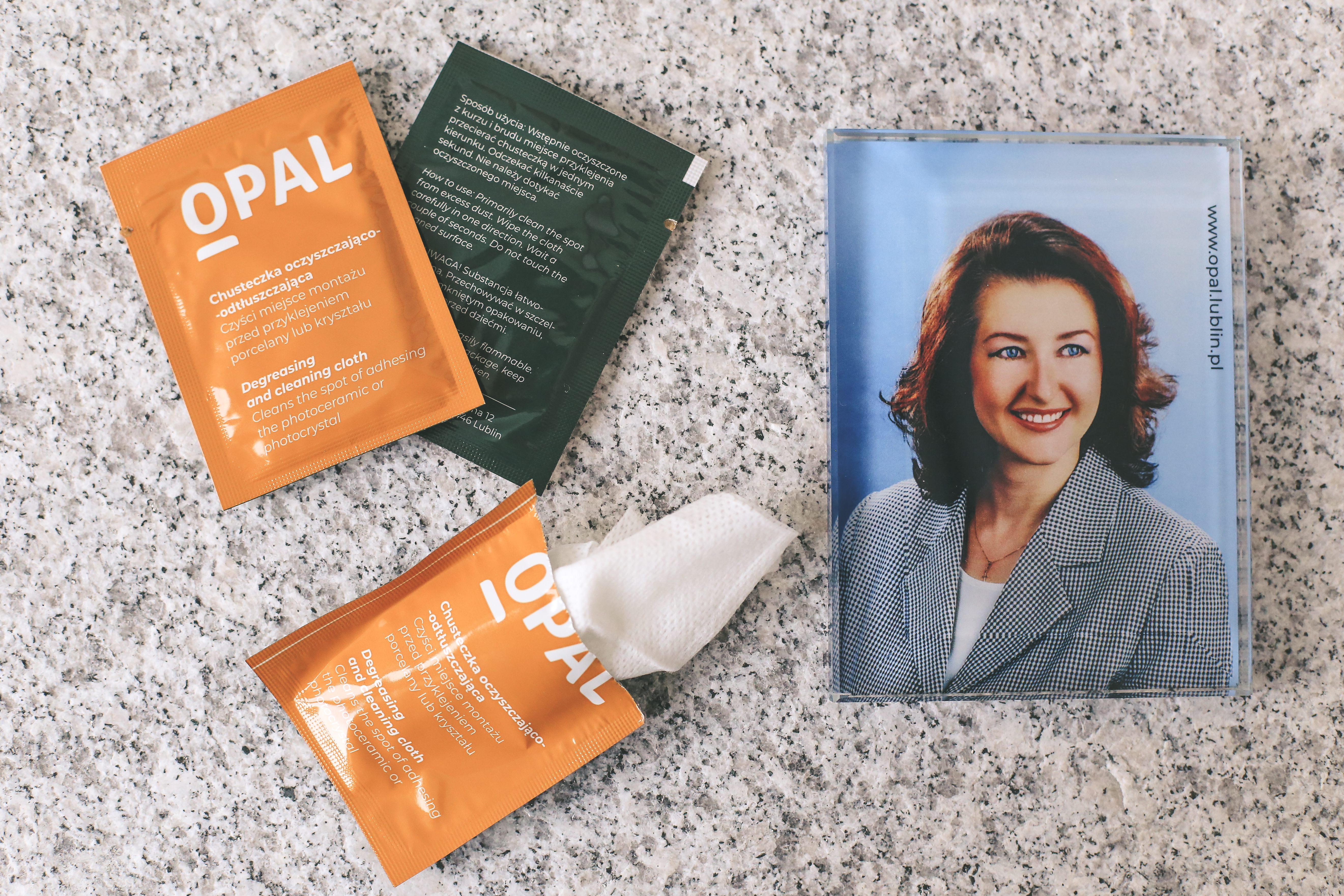
Fig. 3. Photocrystal and cleaning and degreasing wipes.
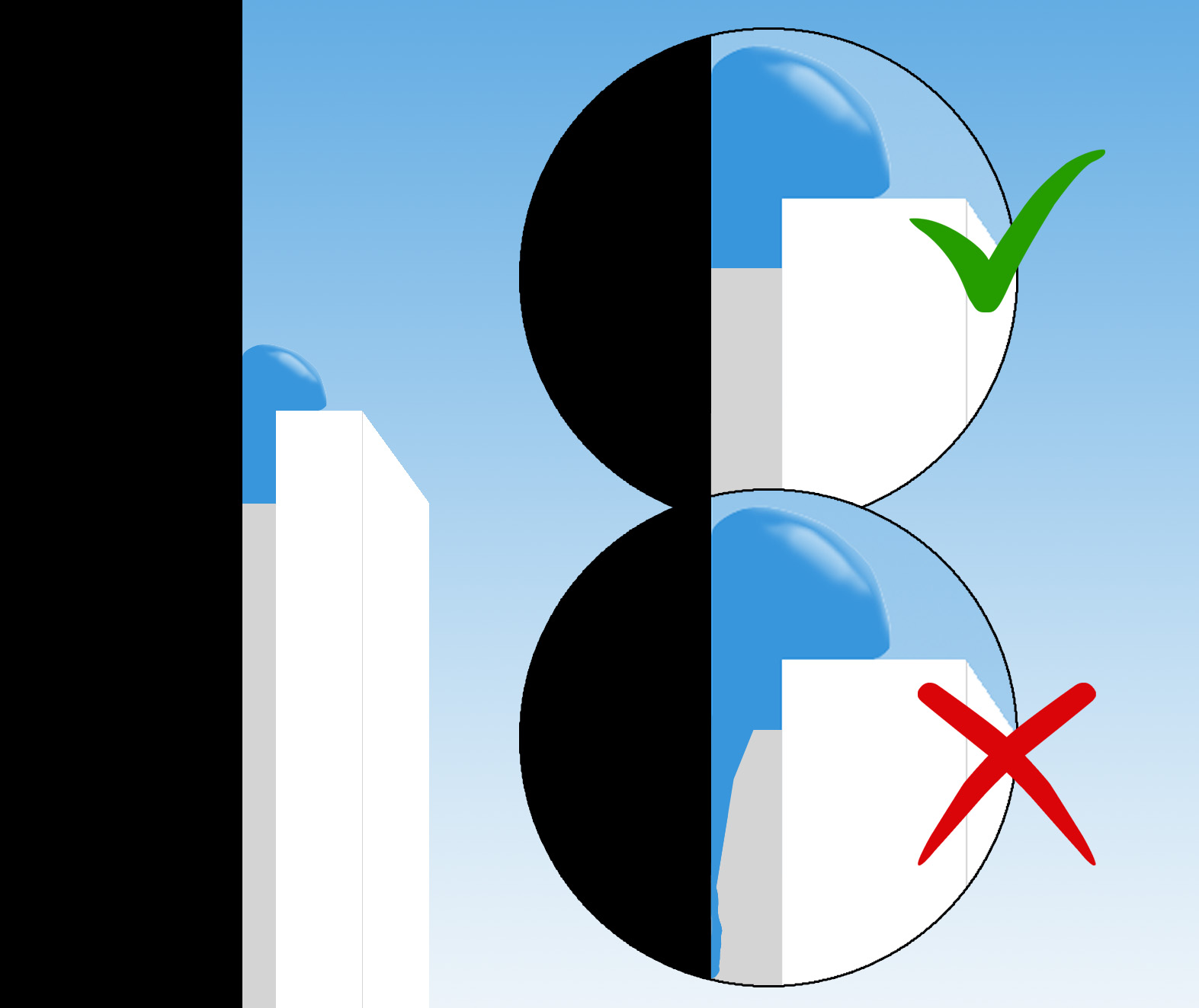
Fig. 4. Visualization of a raindrop resting on a crystal stuck to the monument. Top close-up: good, the webbing has been properly pressed and activated. Lower zoom: wrong, too weak pressure left a small gap, which water will penetrate the gap with time.









